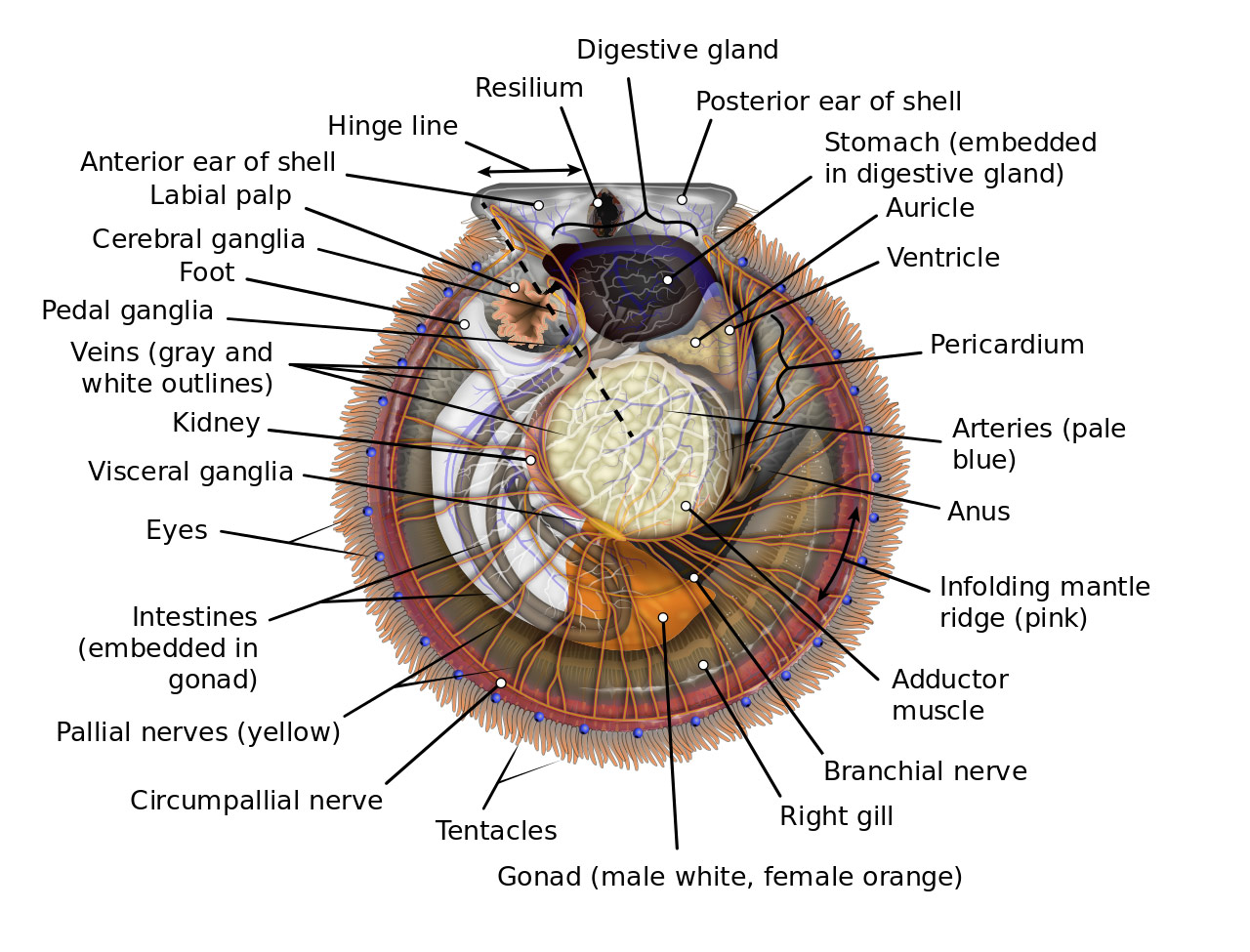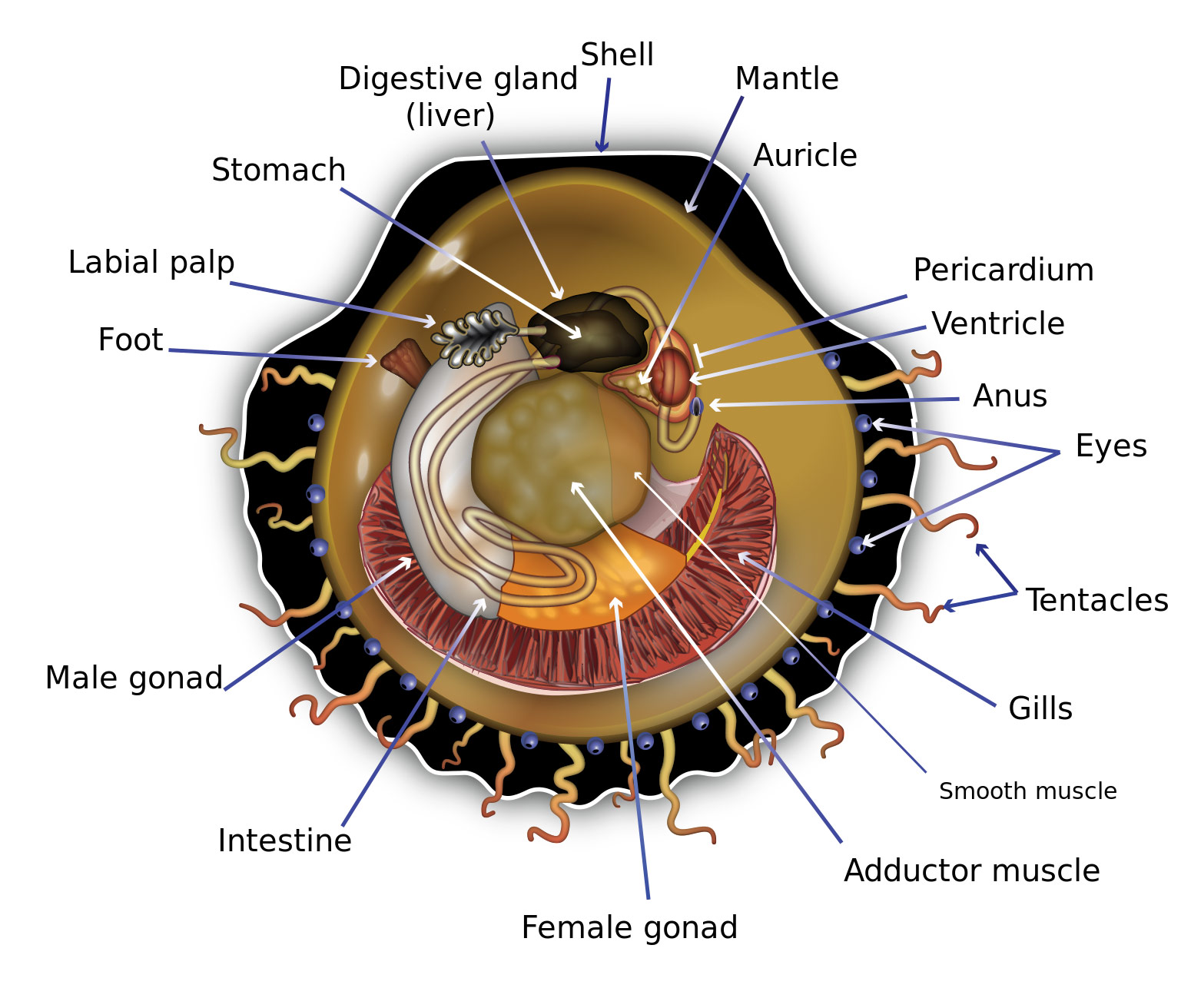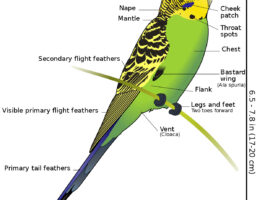Scallops are a type of bivalve mollusk that are commonly found in oceans all around the world. Here is a brief description of the labeled parts of a scallop:
- Adductor muscle: The large muscle that holds the two halves of the shell together and allows the scallop to open and close its shell.
- Mantle: The soft, fleshy part of the scallop that lines the inside of the shell and is responsible for secreting the shell material.
- Shell: The hard, bivalve structure that protects the scallop’s soft body.
- Eyes: The two small, bright blue eyes located at the base of the scallop’s mantle.
- Gills: The delicate, feathery structures that are responsible for filtering oxygen and nutrients from the water.
- Mouth: The opening at the center of the scallop’s body that is surrounded by two rows of tiny tentacles.
- Foot: The muscular structure that extends from the scallop’s body and is used for movement and attachment.
- Digestive system: The internal organs that are responsible for breaking down food and extracting nutrients.
- Reproductive system: The internal organs that are responsible for producing eggs or sperm.
- Nervous system: The system of nerves and ganglia that control the scallop’s movements and responses to its environment.
These are the main labeled parts of a scallop. Scallops are a popular food item and are often harvested for their tender meat, which is prized for its delicate flavor and texture.




